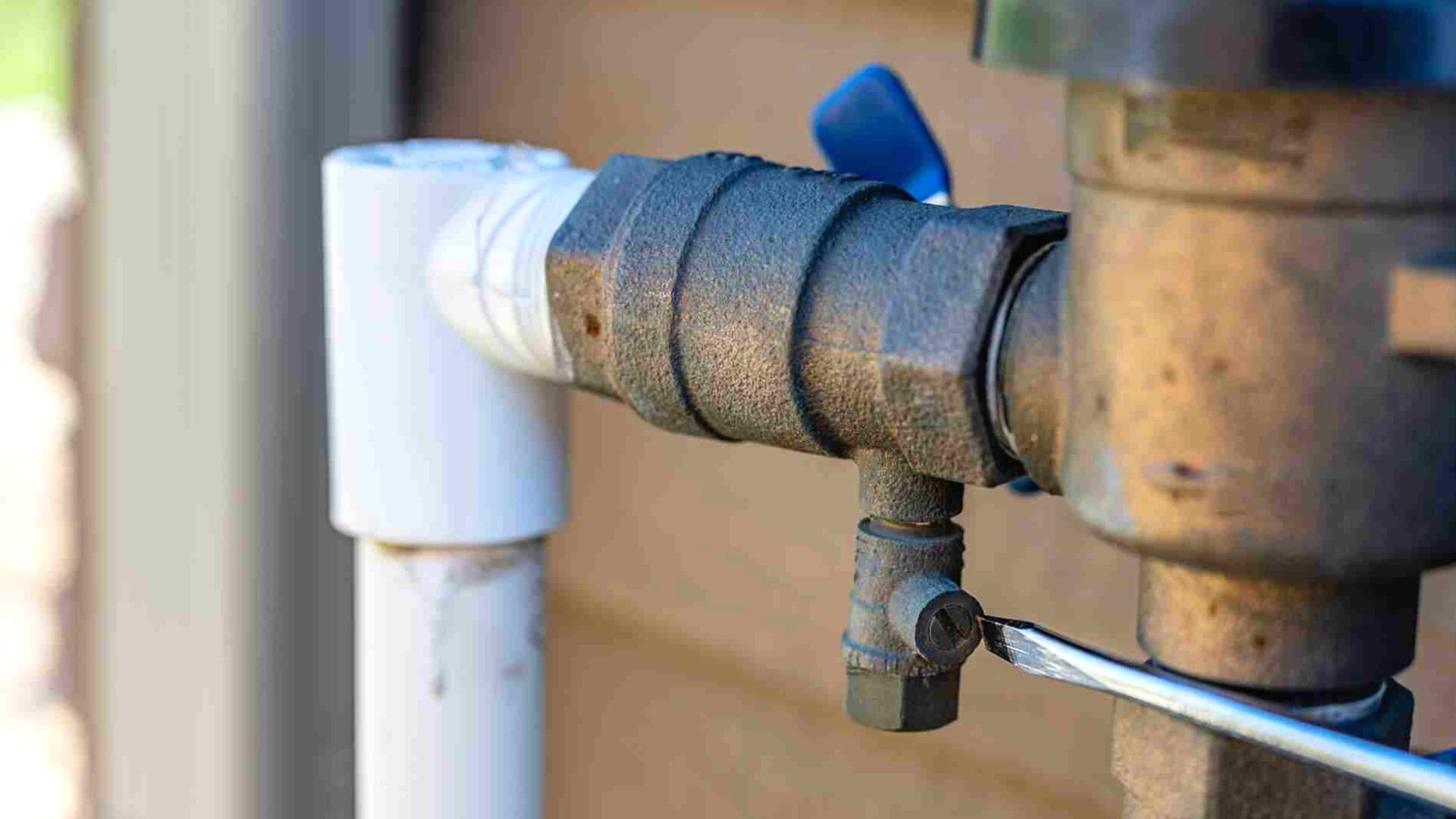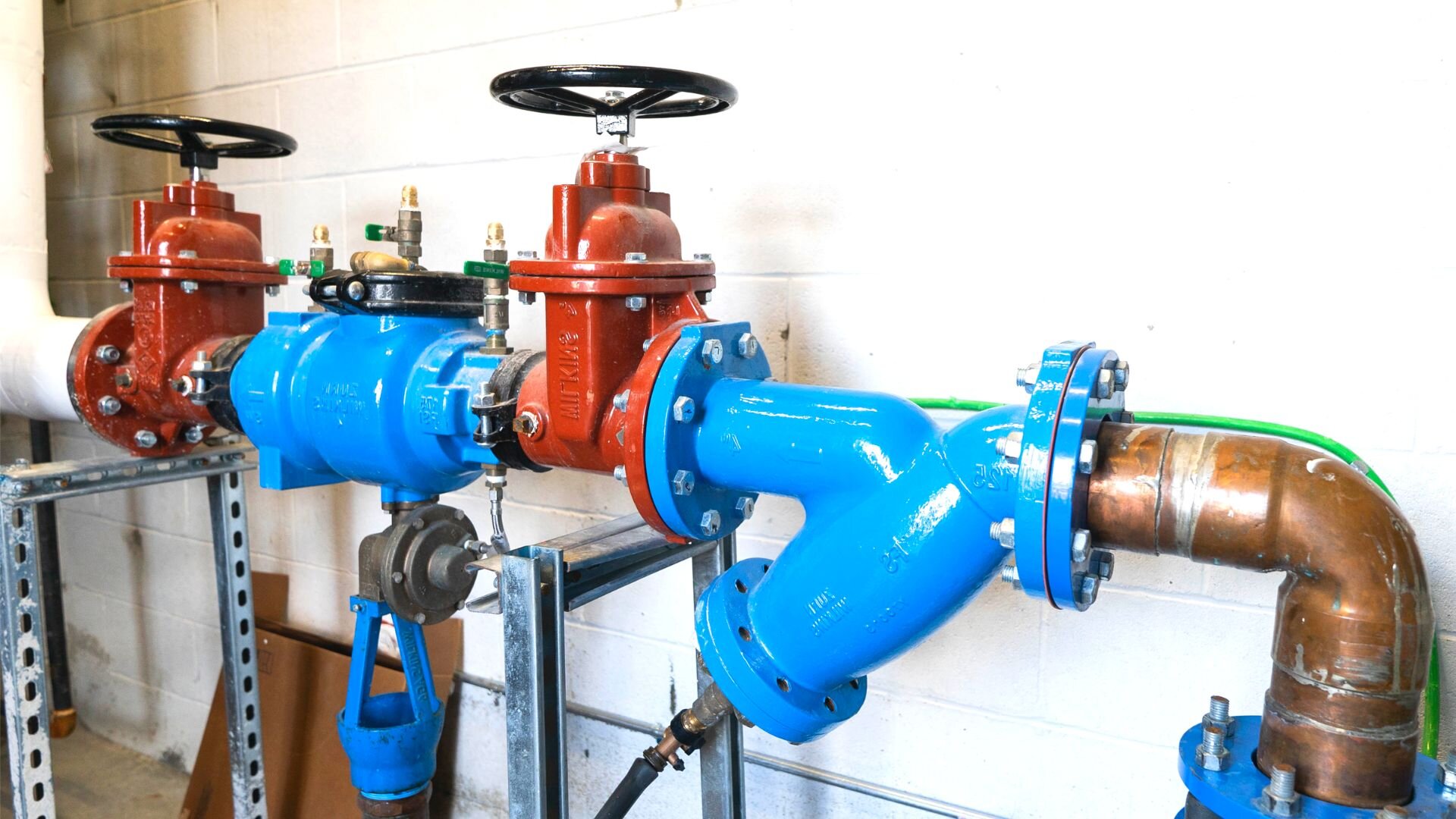What Is Backflow Prevention?

What is backflow prevention testing, and what are your responsibilities when taking care of it at your property? As endorsed backflow testers in Brisbane, we often get asked these questions. This article will tackle the most common queries on backflow prevention testing.
What Is Backflow Prevention?
Backflow is when an undesirable liquid, gas or other contaminant enters the potable water supply due to reversed flow. Under state legislation, all local governments in Queensland must have a backflow prevention program in place. It includes registering, maintaining and testing backflow prevention devices in the area.
Points, where potable water and non-potable water systems connect are called cross-connections. In the home, these connections exist in appliances such as dishwashers. That’s why it’s so essential that these appliances are installed correctly with adequate backflow prevention in place. However, not all backflow prevention devices are counted as testable.
If your property has any of the following installations, the chances are you have a testable backflow prevention device:
- An irrigation system
- An alternate water supply
- Water outlets in proximity to grease traps, pollutants or chemicals
- Fire hydrants or fire hose reels
- Industrial or commercial activities or equipment that could contaminate the potable water supply (cooling towers, air-conditioning, chemical cleaning areas…)
Source: Brisbane City Council

How Is Backflow Prevention Done?
Backflow prevention is done with specific devices designed to stop backflow from happening.
The simplest way to ensure backflow prevention is to build in an air gap into the plumbing system. An air gap is a vertical space left between the appliance, the plumbing system and any space where polluted water could collect.
Another way to prevent backflow is to install a backflow preventer valve. These valves are installed strategically into parts of the plumbing system where there is a risk of contamination. They’re often used when there isn’t enough space to create an air gap.
How Often Should You Do Backflow Prevention Testing?
All testable backflow prevention devices must be tested annually by an endorsed backflow plumber. All backflow prevention devices must also be registered with the local government.
Always have your backflow prevention devices installed by an endorsed backflow plumber. Your plumber will run initial testing and submit a Form 9 test report, which the council records in their Backflow Register. In Brisbane, the council will send you annual reminders to get your backflow prevention testing done.
Botanical Plumbing is a qualified and endorsed backflow tester in Brisbane. Need to get your backflow devices tested? Contact us, and we’ll take care of it for you efficiently.

